Famous Iranian poet, Abolqasem Ferdowsi and his masterpiece Shahnameh
Biography of Abolghasem Ferdowsi
Abolghasem Ferdowsi Toosi is an Iranian epic poet and the composer of the Shahnameh and the greatest Persian-speaking Iranian literate who has a world fame. His nickname is “Abul Qasim” and his surname is “Ferdowsi”. In Iran, May 25th is named Ferdowsi Commemoration Day.
Ferdowsi’s birth and childhood
Abulqasem was born in 940 in the village of Baj from Tawabagh block of Tabran Tus during the Samanid dynasty. The village of Baj (Ferdosi’s birthplace) is known today as the village of Faz. Today, this village is located 28 km from his tomb.His father’s name was Abu Mansour and his mother’s name was Gerdavieh Zahra. His father was one of the great farmers of Khorasan and his mother was one of Mazandarani princes named Espahbadan. He had three sisters.
Acquiring knowledge and education
Abolqasem Ferdowsi spent his early life acquiring the basics of science and literature and learned the basics of perfection and education from his father in the schools of Baj and Tus, then he went to a school in Tus to continue his education. From that time, he became interested in reading historical stories. Ferdowsi’s financial resources made him able to spend his youth studying history and acquiring knowledge.
Ferdowsi’s childhood was at the same time as the Samanid kingdom, and the Samanid kings were very interested in Iranian literature, and by supporting the Persian language, they prepared a brilliant era for the development of Iranian language and thought. At school, Ferdowsi met a person named Muhammad bin Hassan, and they lived together for forty years.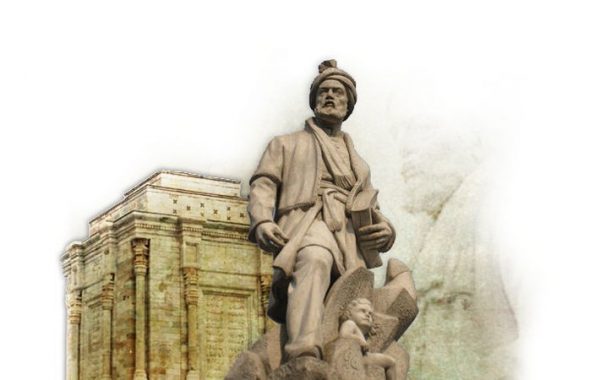
Interest in history and creation of a masterpiece called Shahnameh
Ferdowsi had considerable wealth and status in terms of materiality and was able to read many historical books during his youth. After getting to know the history of Iran and studying it, he became more interested in ancient Iranian stories and legends, so he decided to write a huge collection of Iranian mythological stories, and his poetic flair and passion for bringing national pride to life led to the creation of “Shahnameh”.
In 370 or 371, Ferdowsi started to organize the Shahnameh.
Compose the Shahnameh and the promise of Sultan Mahmud Ghaznavi
Shahnameh is the most important piece of Ferdowsi and one of the greatest works of ancient Persian literature, which has nearly fifty thousand verses, in which the national stories and ancient history of the ancient kings of Iran and the great warriors of our land are written.It took thirty-five years to compose the Shahnameh, Ferdowsi had considerable wealth and property at the beginning, and some elders interested in ancient history helped him financially. But Ferdowsi gradually fell into poverty. Hakim Abul Qasim Ferdowsi spent thirty-five years composing the Shahnameh and presented it to Sultan Mahmud of Ghaznavi, who had just ascended to the throne, as a reward. At first, Sultan Mahmud promised Ferdowsi 60,000 dinars as a reward but did not keep his promise and sent only 60,000 drams, i.e. one-tenth of the promised amount, to Ferdowsi, making him feel offended.
The reason for Sultan Mahmud breaking the treaty was that Ferdowsi was a follower of the Shia religion and had written many poems in praise of Yazdan, but Sultan Mahmud was a follower of the Sunni religion. Due to his resentment, Hakim Abulqasem Ferdowsi left Ghaznin, the capital of Ghaznavids, and returned to his hometown.
After some time, Sultan Mahmud regretted what he had done and ordered sixty thousand dinars to be taken to Tus and presented to Ferdowsi, but when the gift reached Tus, Ferdowsi had already passed away. Sultan Mahmud’s subjects presented the gift to Ferdowsi’s daughter, but she refused to accept the king’s gift and sent it back.
The subject of Shahnameh stories
By reading Ferdowsi’s Shahnameh, you will find that Ferdowsi is gentle and passionate in his speech, and Ferdowsi’s gentle nature and patriotic spirit can be seen in his poems. Sarcasm, lies and flattery have no place in Ferdowsi’s poems and he was a moralist and virtue-loving poet.
Shahnameh has three general parts, which include three mythological, heroic and historical periods. In Shahnameh, Ferdowsi describes the lives, victories, defeats and bravery of the Iranians from the oldest era, the first king of the world, Kiyomarth, to the overthrow of the Sassanid government by the Tazians, so the importance of the Shahnameh is not only due to the literary aspect of this work; Rather, this work can be called a written birth certificate of Iranian ancestors.
In Shahnameh, there are scattered independent stories such as the story of Zal and Rudabe, Rostam and Sohrab, Bijan and Manijeh, Bijan and Grazan, Karam Haftavad, etc., which are not directly related to the historical course. Throughout the book of Shahnameh, good and bad, good and evil, right and wrong, have a constant battle, and the national heroes and legends of Iran are reborn in the poems of the Shahnameh and start the battle against evil and corruption.
The theme of the Shahnameh is based on the freedom of the people of Iran, and the heroes of the Shahnameh are in a constant war to demand freedom. Ferdowsi was a follower of Islam and loved the Prophet of Islam and Shia imams and wrote parts of the Shahnameh in their praise. There is also love in Shahnameh; Although Ferdowsi still chooses epic language to describe love. The music of Ferdowsi’s words, the appropriate choice of weight and rhymes, all kinds of literary techniques in Shahnameh have made it an incomparable work. Elaborate exaggerations, original similes, and depiction of nature in the Shahnameh are used in a completely artistic way.
Ferdowsi’s marriage and children
There is not much information about Ferdowsi’s life before he composed the Shahnameh. At the beginning of the story “Bijan and Manijeh”, a woman is mentioned, whom researchers such as Habib Yaghmai, Mohammad Taghi Bahar and Zabihullah Safa have identified as Ferdowsi’s wife. Based on this assumption, Ferdowsi’s wife was an educated woman, who had the ability to play harp. Most likely, she was a daughter of an educated and financially capable family and benefited from what was taught to girls in these families. Ferdowsi had a son and a daughter. His son was born in 359 AH and died in 396 AH at age 37 when Ferdowsi was 67 years old. Only one daughter was left from Ferdowsi, who did not accept Sultan Mahmud’s reward after Ferdowsi’s death.
Ferdowsi tomb
Ferdowsi died in the year 416 AH and his death was in a difficult time and in financial disorder. Ferdowsi’s body was buried in the yard of his own house because at that time it was forbidden to bury Shia Muslims in Cemetery, so it was prevented by burying Ferdowsi in Cemetery.
One of the local Ghaznavid rulers built a building at the place of Ferdowsi’s tomb, which was gradually destroyed. In 1928 Reza Shah Pahlavi ordered the complete reconstruction of Ferdowsi’s mausoleum, and the new building of Ferdowsi’s mausoleum was unveiled at the same time as Ferdowsi’s Hazare ritual. The work of completing the design of the tomb was done in 1934 by Hoshang Sihon, a prominent Iranian architect. Ferdowsi’s tomb is located 20 kilometers northwest of Mashhad city, on the way to Kalat Naderi and near the historical town of Tabran and the historical tomb of Harunieh.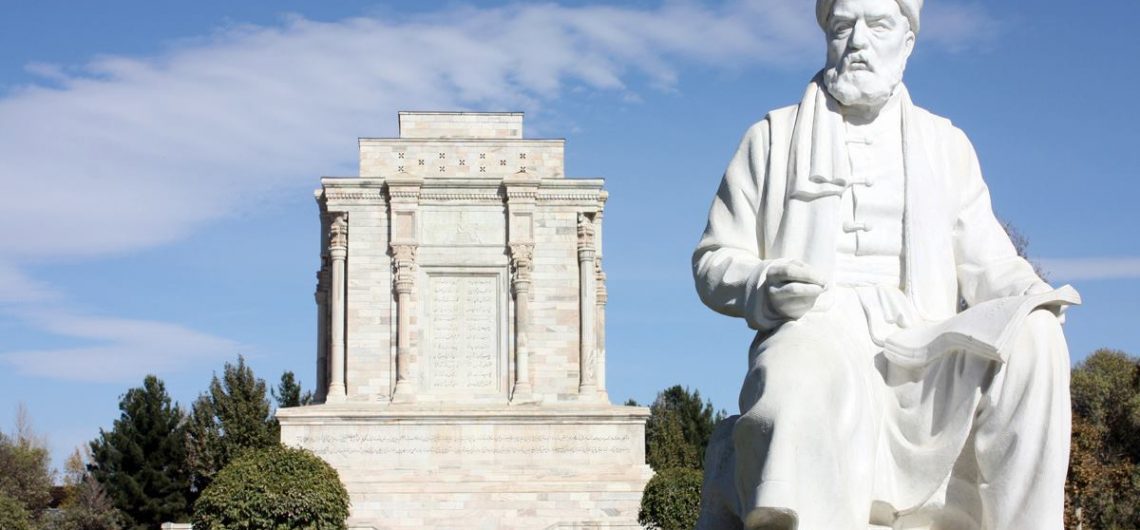

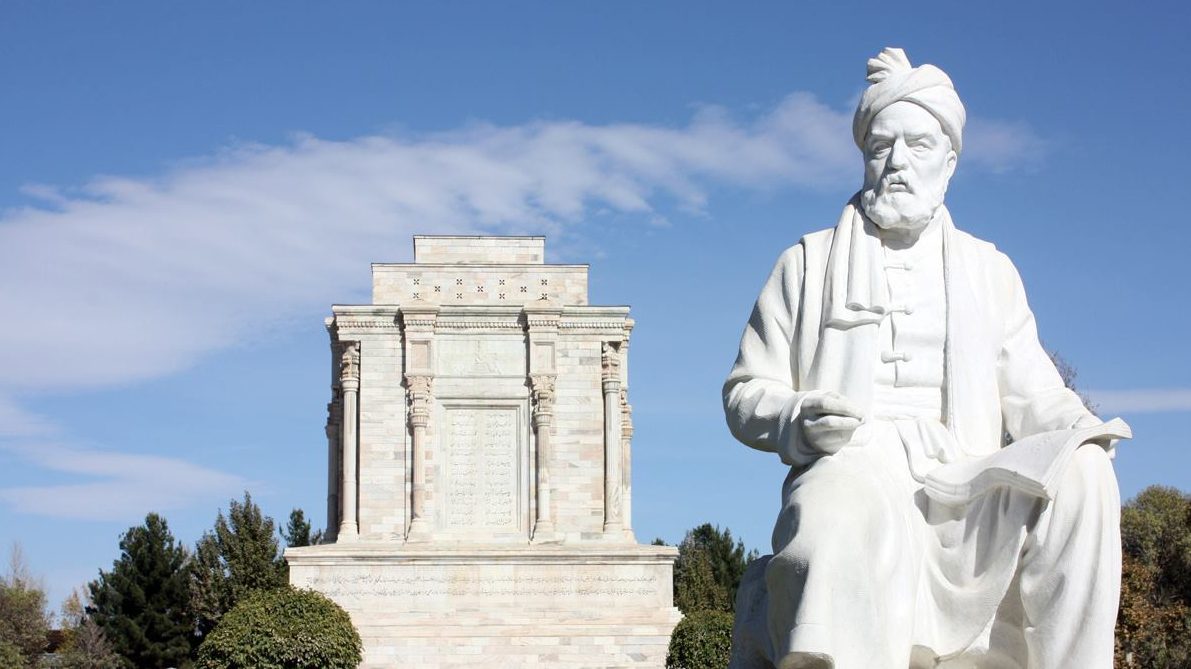



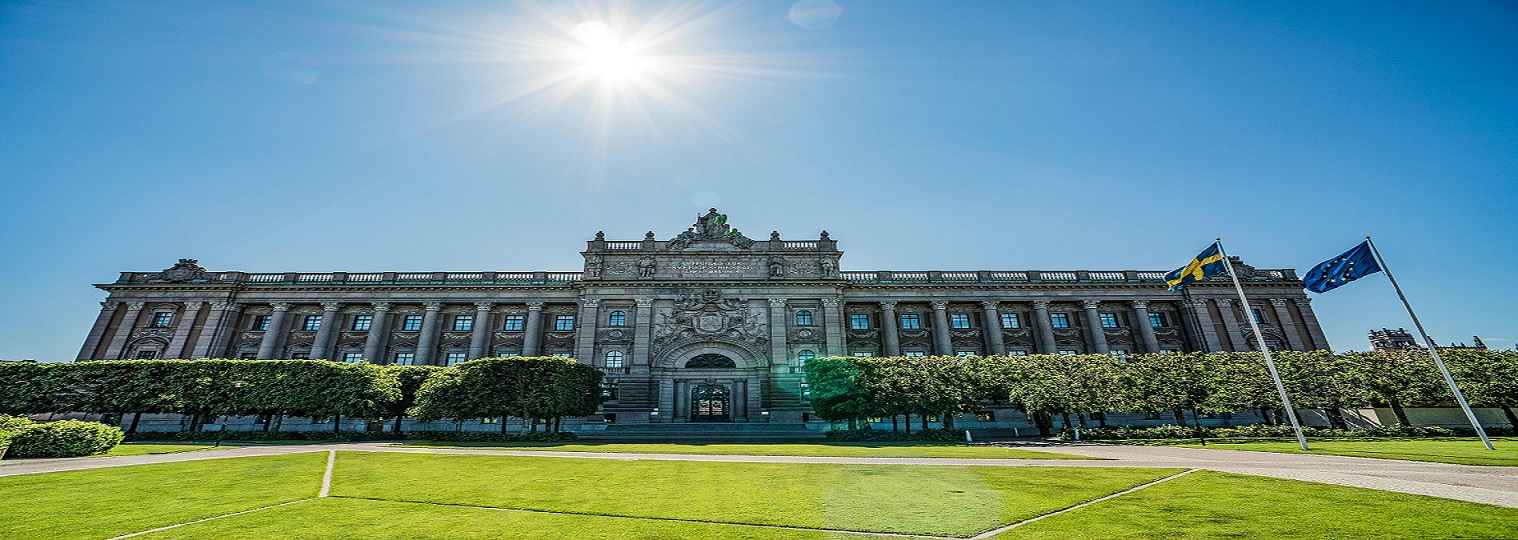



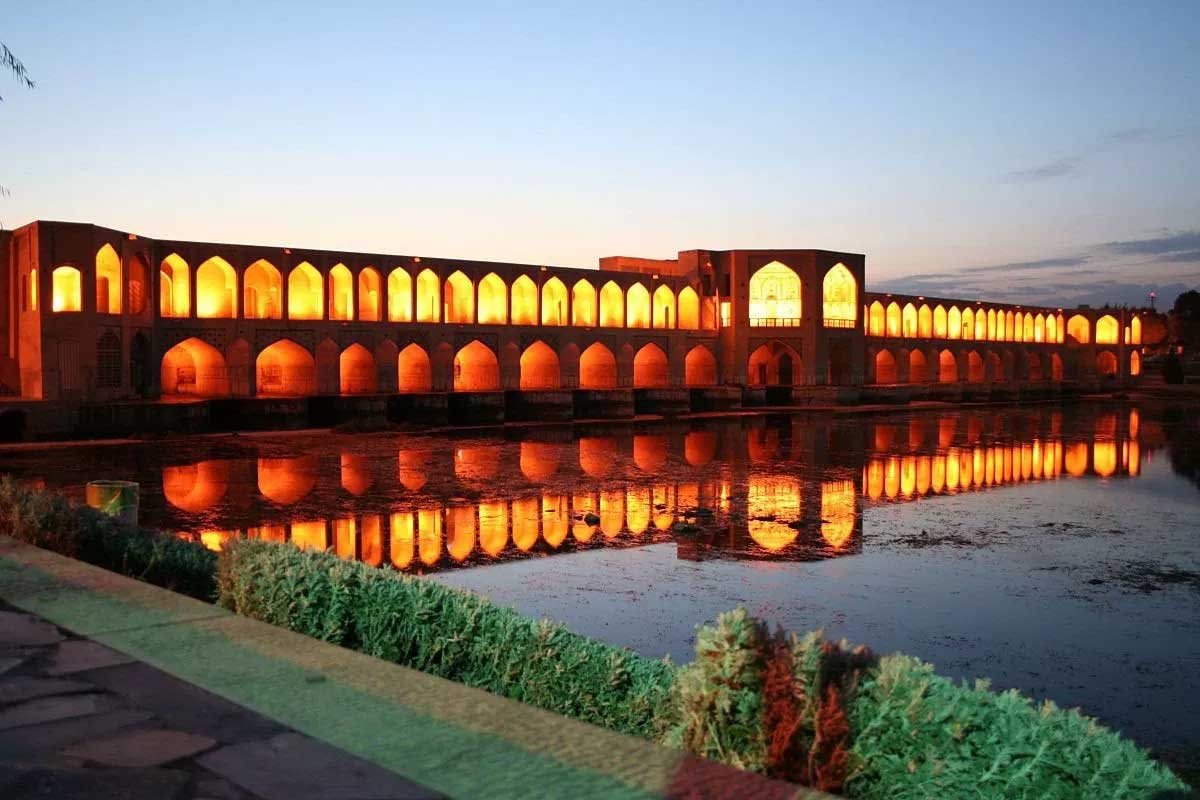
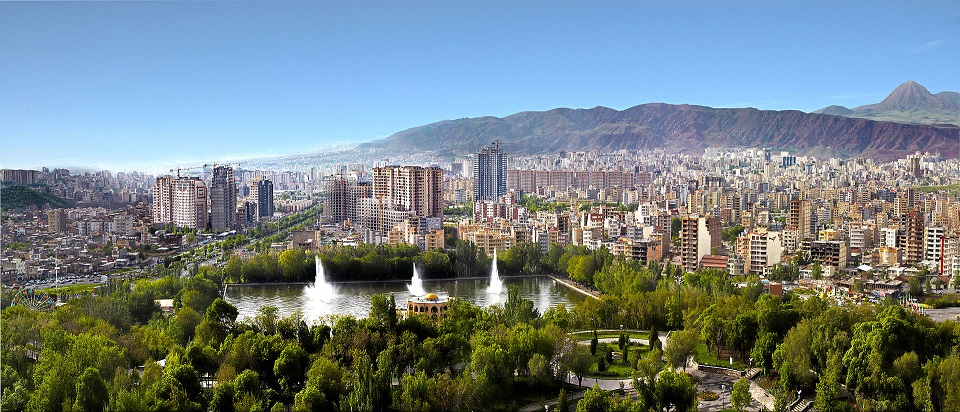
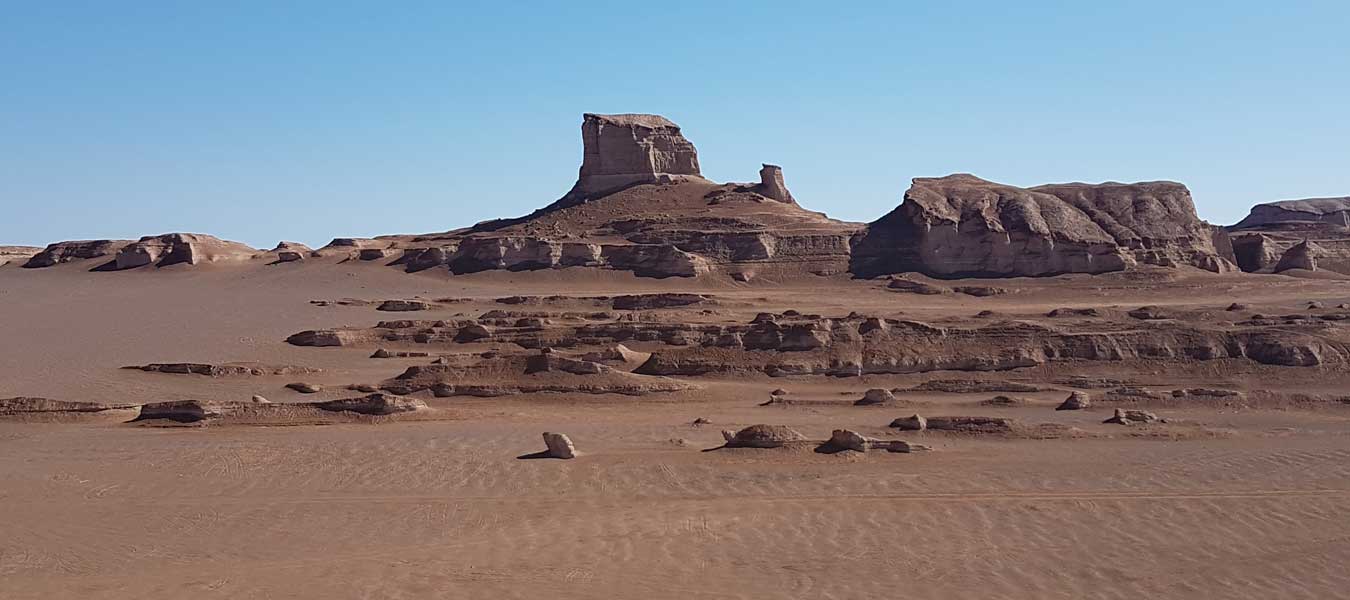

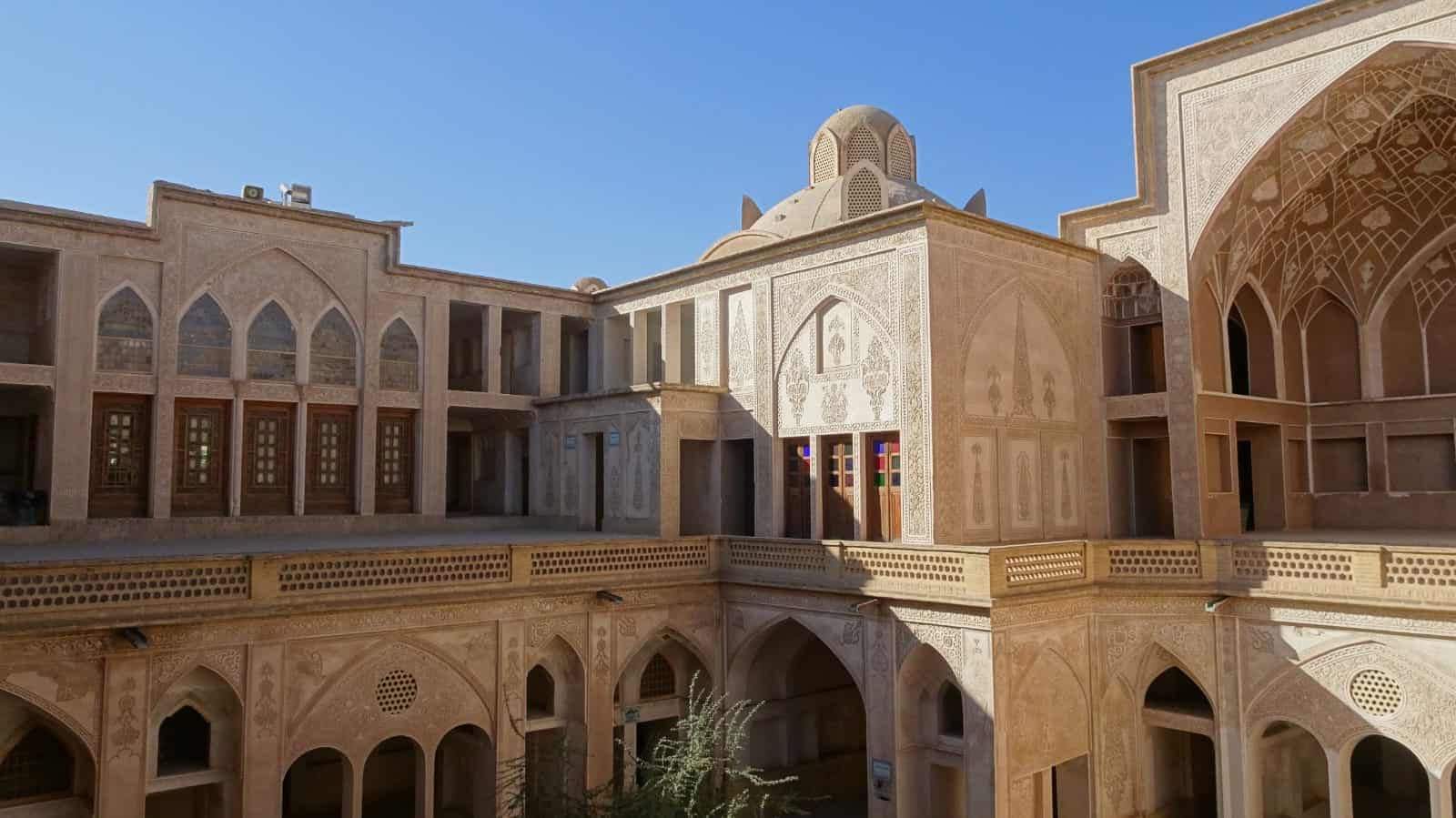
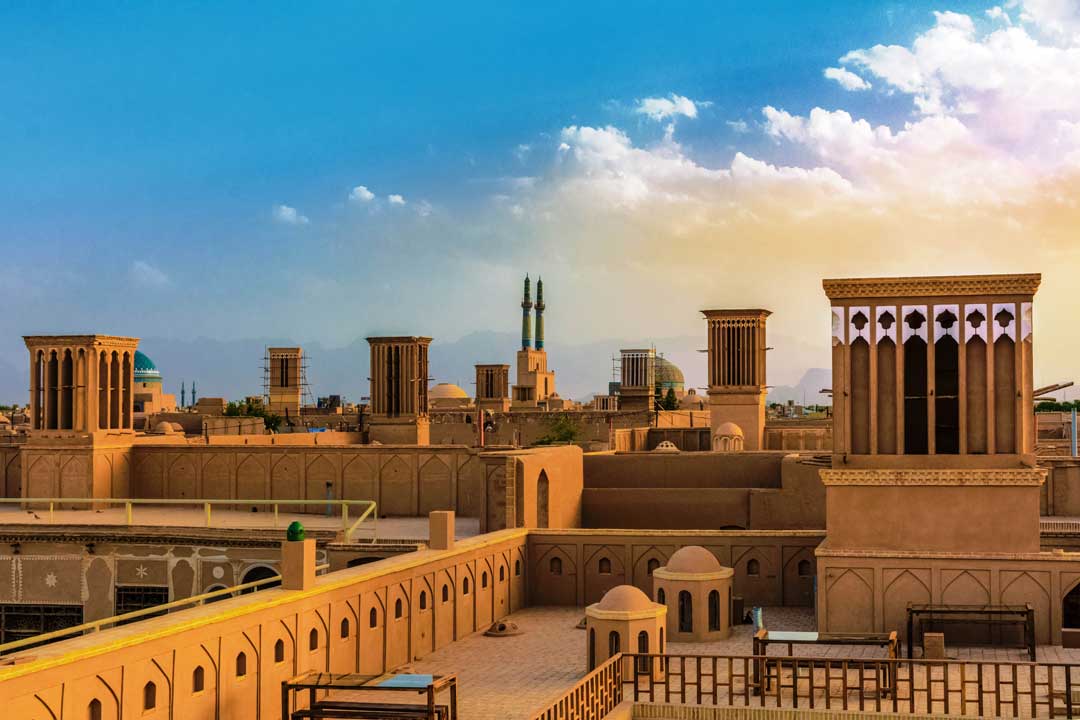
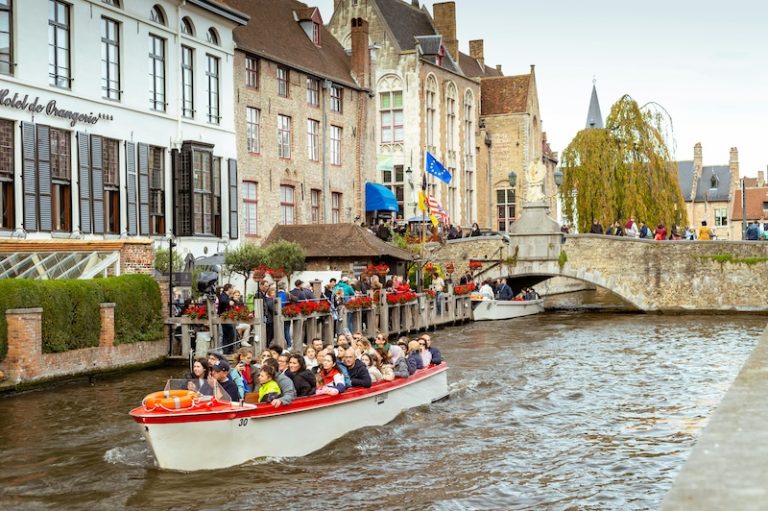
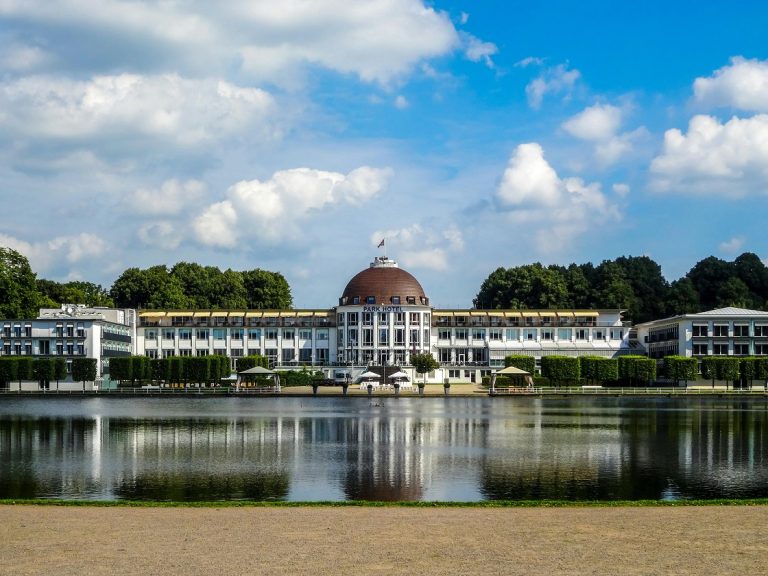

Leave a reply